From pv magazine Global
Researchers from the Hungarian University of Agriculture and Life Science and the University of Kufa in Iraq have developed a novel dual-PV module cooling technique based on water and air.
For air cooling, it utilizes a perforated frame and a fan; whereas for water cooling, it employs pyramid-shaped fins and a serpentine pipe. The team constructed and tested an experimental rig of the system.
“The proposed design features an innovative solar panel frame with strategically positioned perforations, presenting a special approach to cooling technologies by enhancing airflow dynamics,” they said. “By effectively managing and reusing this thermal energy, the design significantly improves the solar energy system’s thermal regulation and overall efficiency.”
The experimental rig was based on a 60 W polycrystalline solar panel. For the air cooling part, the academics have drilled 152 holes on the sides of the frame, through which air is introduced. A hole was also drilled on the back of the panel, serving as the air outlet. A fan was attached to the outlet, with airflow regulated at 1.1 m/s. As for the water cooling part, a serpentine pipe was mounted to the back of the solar panel, with 11 fins in between.
The research team built both the pipe and the fins with a high-conductivity copper alloy, which purportedly optimizes heat transfer efficiency. It also mounted the pipe and fins onto the surface via a special high thermal conductivity adhesive to ensure direct contact and enhance the transfer of energy. A wooden sheet was then fixed to the panel frame to create an air channel and two insulation sheets were added.
The outlet hot air from the system was assumed to support the space heating of a house, while the outlet hot water was stored in a water tank. In addition to this novel system (PV-d), two other systems were constructed for compression purposes: the first was a system including the 60 W module with no cooling (PV-r), while the second included the panel and air cooling only (PV-a).
All the rigs were placed in the city of Gödöllő, in central Hungary. They were installed on a tilted aluminum frame with a tilt angle of 43◦ oriented southward, with an azimuth angle of (-19◦). Performances were recorded over two consecutive days, characterized by clear sky conditions in May 2024.
“The PV-d system exhibited improved electrical efficiency, producing up to 42.87 W at 1,018.76 W/m2 irradiance compared to 30 W for PV-r, marking a 42.4% increase,” the results showed. “The PV-d system achieved a significant improvement in thermal efficiency, outperforming the air-cooled system by approximately 48.5% at an irradiance intensity of 1,018.758 W/m2.”
Moreover, the scientists found that the PV-d maintained average temperature reductions of approximately 5.4 C and 12.5 C relative to PV-a and PV-r, respectively. It also demonstrated an average exergy efficiency of 27.7%, compared to an average efficiency of 16.2% observed for the air-cooled PV-a system and 6% for the reference PV-r system.
The system was presented in “Optimization of dual-cooling technique in perforated solar pv modules: experimental insights towards carbon neutrality and sustainability,” published in Energy Conversion and Management: X.
This content is protected by copyright and may not be reused. If you want to cooperate with us and would like to reuse some of our content, please contact: editors@pv-magazine.com.
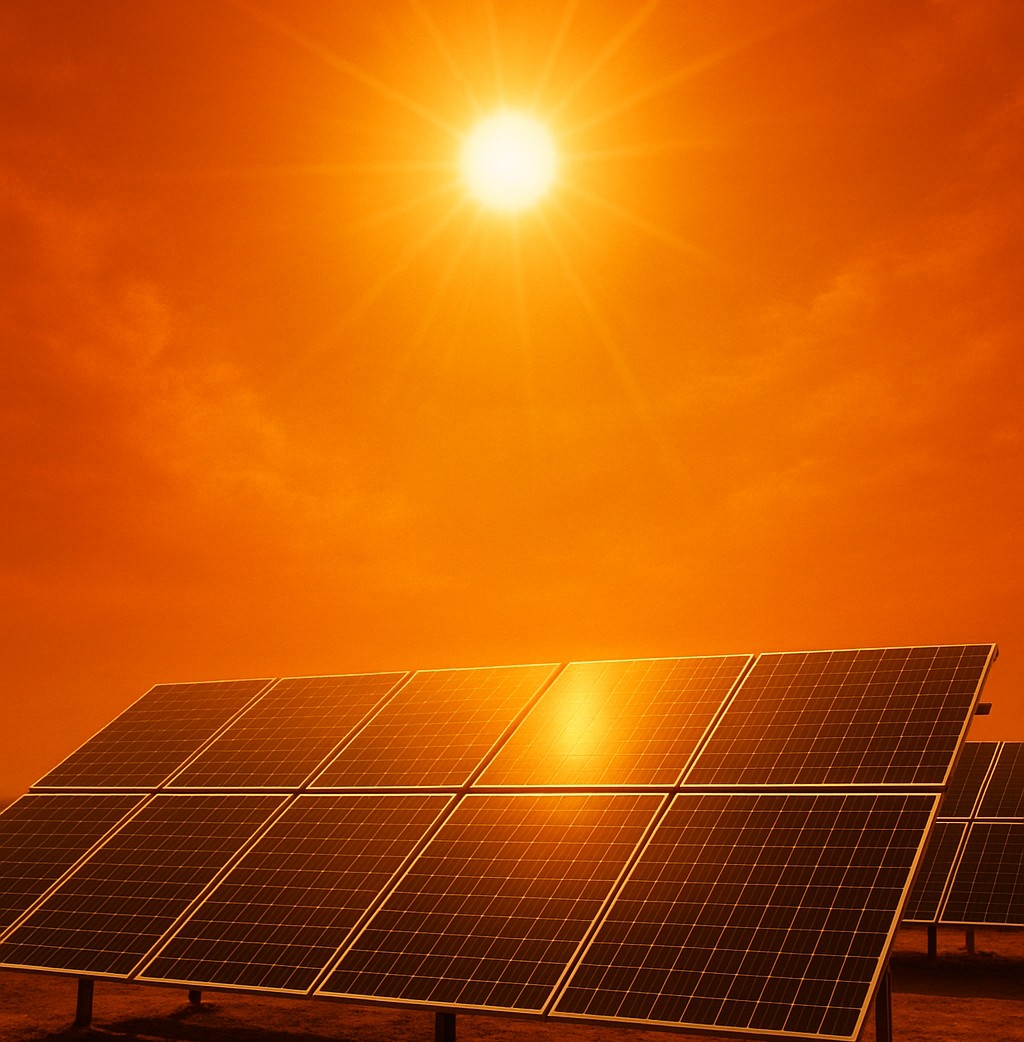
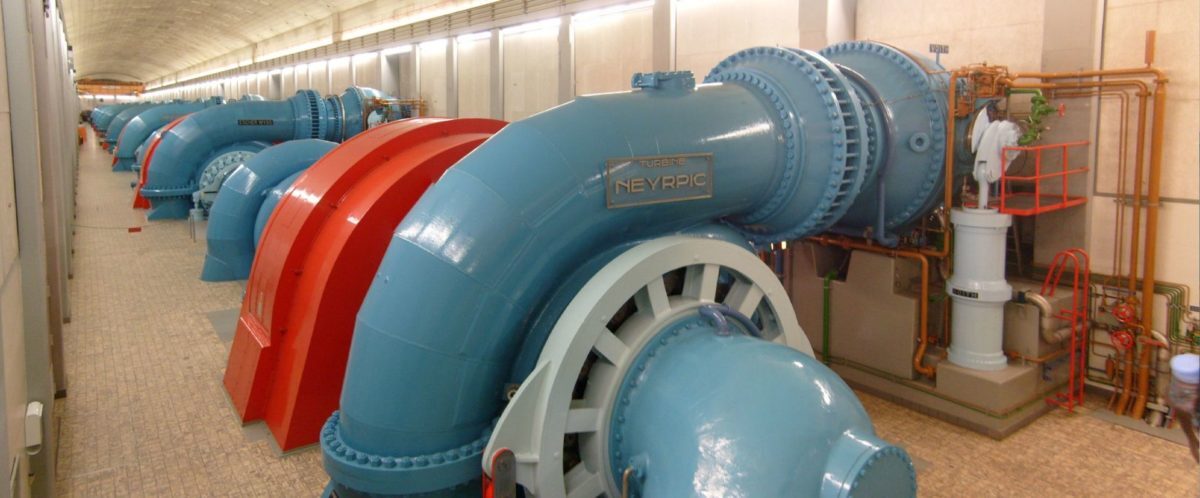

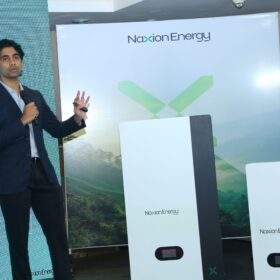
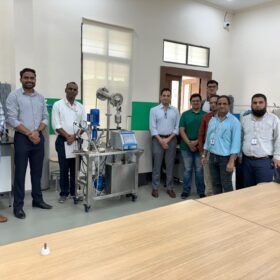
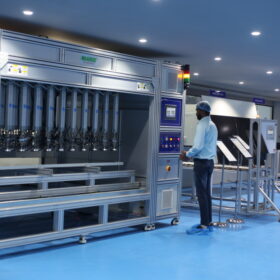
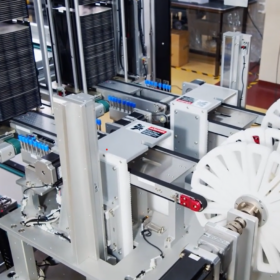
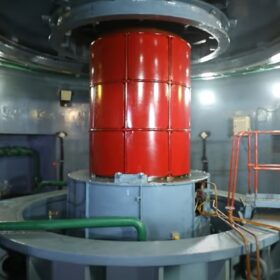
By submitting this form you agree to pv magazine using your data for the purposes of publishing your comment.
Your personal data will only be disclosed or otherwise transmitted to third parties for the purposes of spam filtering or if this is necessary for technical maintenance of the website. Any other transfer to third parties will not take place unless this is justified on the basis of applicable data protection regulations or if pv magazine is legally obliged to do so.
You may revoke this consent at any time with effect for the future, in which case your personal data will be deleted immediately. Otherwise, your data will be deleted if pv magazine has processed your request or the purpose of data storage is fulfilled.
Further information on data privacy can be found in our Data Protection Policy.